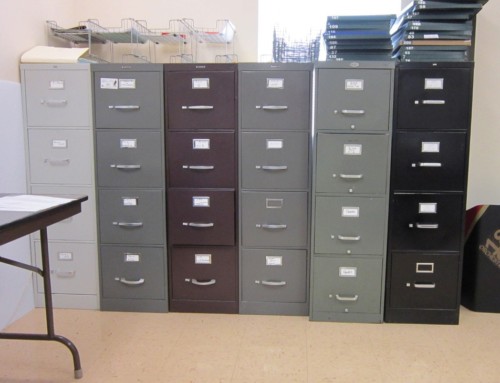
Image credit vimeo.com
ZIMSEC O Level Combined Science Notes: Inhaled vs Exhaled air experiment: Method 1
Aim: Comparing the inhaled and exhaled air.
Materials: large transparent container (e.g. bell jar), candle, tin lid, water, large basin, rubber tubing, ruler.
Method

- Place the large transparent container over a lighted candle floating in a basin of water as shown above.
- Measure how far the water rises up the container after the candle has been extinguished/has gone out.
- Repeat this with a sample of exhaled air. Fill the container by blowing in exhaled air after holding your breath for about 30 seconds. This will fill the container with exhaled air.
- Place a candle inside the container and measure the water displacement again.
Results and explanation
- The water displacement in the first instance i.e. when natural air is used is greater as the air containers more oxygen which is used up by the candle.
- Oxygen combines with carbon to form carbon dioxide.
- The candle eventually goes out as oxygen runs out and the container is filled with carbon dioxide.
- The candle in the first instance burns for a longer time as natural air contains more oxygen.
- There is less displacement in the second instance as the exhaled air contains less oxygen.
Conclusion
- Inhaled air contains more oxygen and less carbon dioxide when compared to exhaled air which contains less oxygen and more carbon dioxide.
To access more topics go to the Combined Science Notes page.







